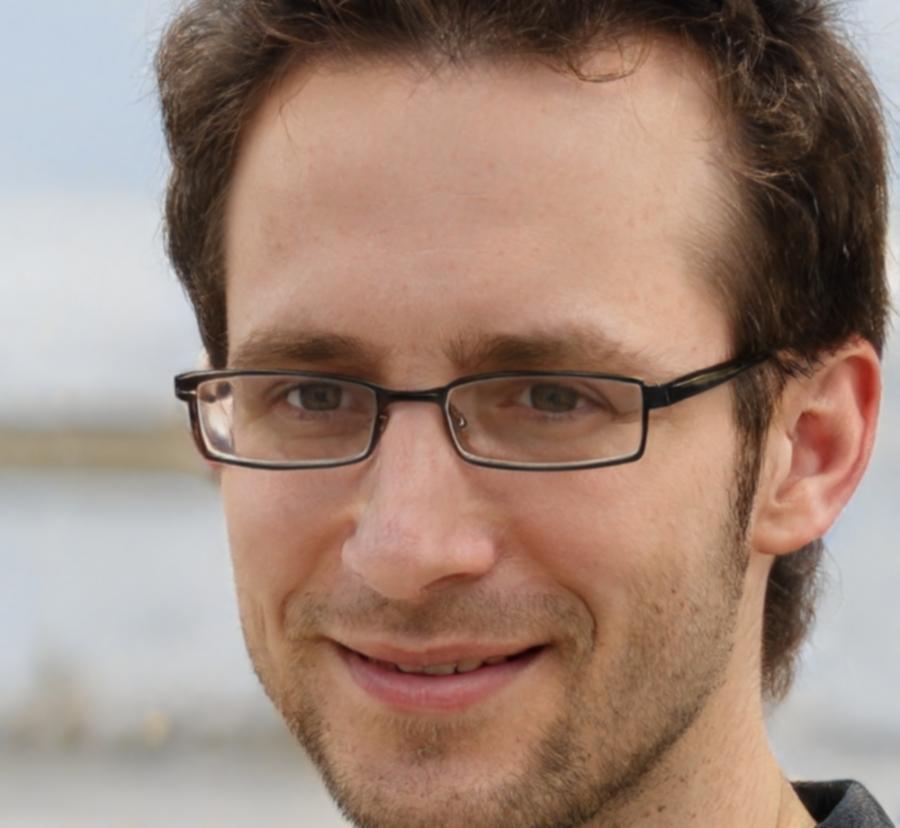Real Stories, Measurable Progress
Our clients don't just learn financial forecasting – they transform how their businesses plan for growth. Here's what happens when theory meets practical application.
Start Your JourneyThe Learning Journey
Most clients progress through predictable stages. Here's what typically happens during the first year of focused financial forecasting education.
Foundation Building
Students tackle basic financial modeling concepts. Lots of questions about cash flow timing and seasonal adjustments. Most discover their current forecasting methods have significant gaps.
Pattern Recognition
The breakthrough moment usually happens here. Students start seeing patterns in their historical data they'd never noticed. Revenue cycles become clearer, expense timing makes more sense.
Model Development
Students build their first comprehensive forecasting models. These aren't perfect – expect revisions and adjustments. But they're functional tools that provide genuine business insight.
Confident Application
Students use their models for real business decisions. Some secure financing, others optimize inventory levels, many discover new growth opportunities they'd overlooked.
Beyond the Numbers
I always thought financial forecasting was about predicting the future perfectly. Turns out it's about understanding your business patterns well enough to make better decisions. My forecasts aren't always spot-on, but they're useful in ways I never expected.
The program changed how I think about planning. Before, I'd look at last month's results and worry. Now I model different scenarios and understand what drives my numbers. It's less stressful when you can see potential problems coming.
Your Success Path
Every successful student follows a similar progression. Here's how we structure the learning journey to build genuine forecasting capability.
Data Foundation
Clean up your historical data, identify reliable patterns, understand what drives your business cycles. Most students spend 6-8 weeks here.
Model Building
Create forecasting models that fit your business. No generic templates – we build tools specific to your industry and situation.
Scenario Planning
Test your models with different assumptions. What happens if sales grow 15%? If costs increase unexpectedly? Build confidence through exploration.
Our next cohort begins in September 2025. Applications open in June for the intensive 12-month program.
Learn Prerequisites

